18 Reasons People Are Saying Goodbye to the Kitchen Island And What They’re Doing Instead
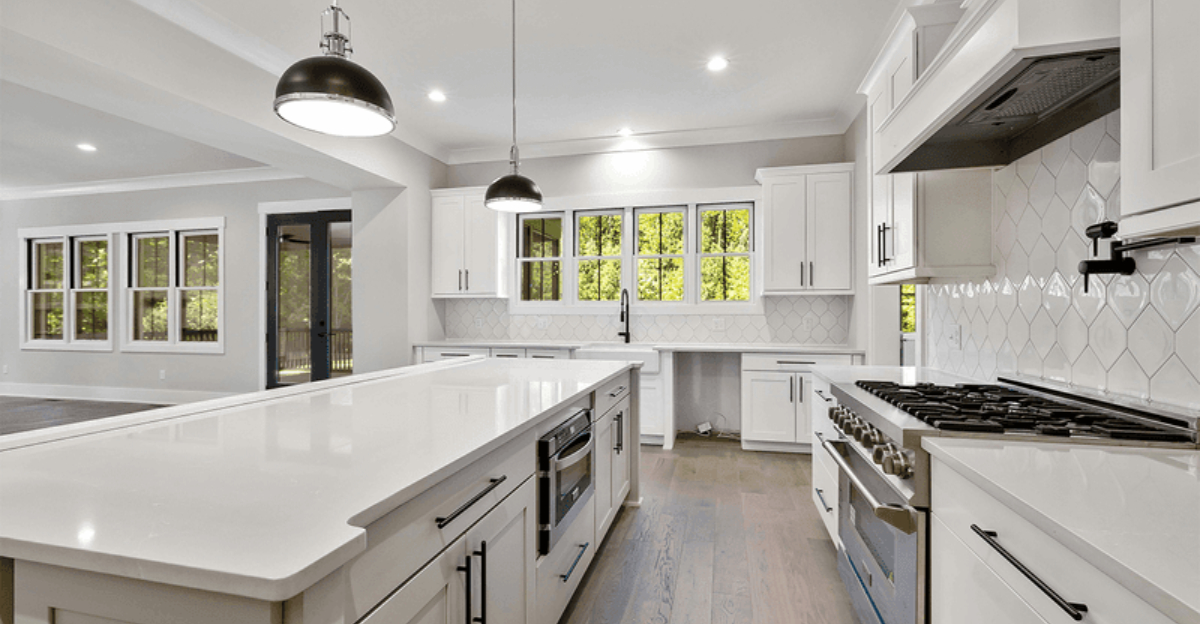
Kitchen islands have been a staple in home design for decades, but a surprising shift is happening in modern kitchens. Homeowners are increasingly removing these once-essential fixtures to create more functional, personalized spaces.
Whether it’s about reclaiming floor space or adapting to changing lifestyle needs, the kitchen island exodus represents a fascinating evolution in how we think about our cooking spaces.
1. Takes Up Too Much Space
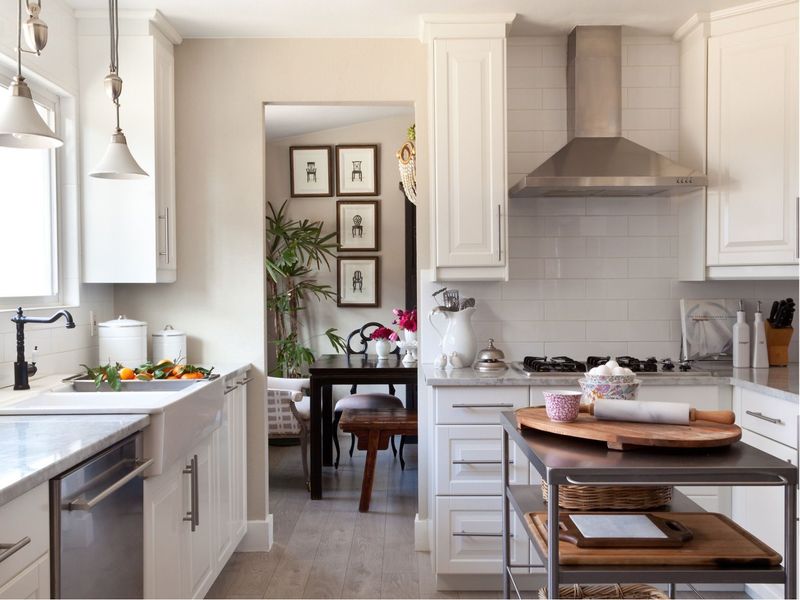
Walking around a massive island can feel like circumnavigating a continent! Many homeowners are reclaiming precious square footage by removing islands altogether.
Space-savvy families are opting for wall-mounted drop-leaf tables or slim console tables that can be pushed against walls when not in use, instantly doubling usable floor area.
2. Blocks Natural Flow

Imagine trying to dance through your kitchen while a concrete barrier stands in your path. Islands often create awkward obstacles between key workstations.
Smart renovators are replacing islands with strategic placement of mobile carts that can be positioned where needed and tucked away when not in use, allowing for smooth movement throughout the cooking space.
3. Limits Flexibility
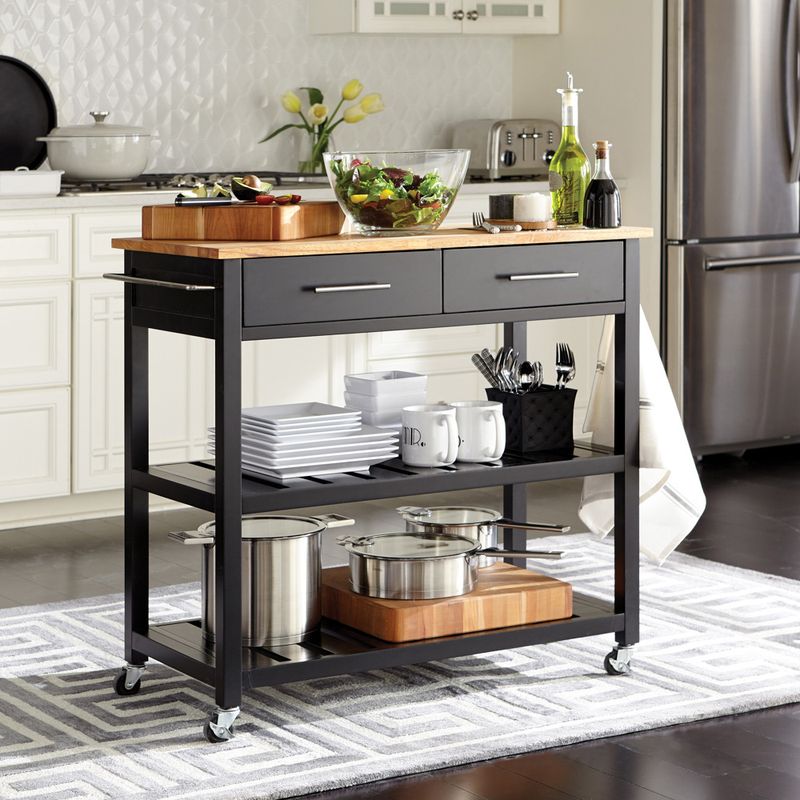
Once installed, that massive island isn’t going anywhere without a sledgehammer. Forward-thinking homeowners crave adaptability in their living spaces.
Rolling butcher blocks and wheeled workstations offer the same functionality while allowing complete reconfiguration based on changing needs. Want to host a dance party? Simply wheel everything aside and transform your kitchen into a dance floor!
4. Not Ideal for Small Kitchens
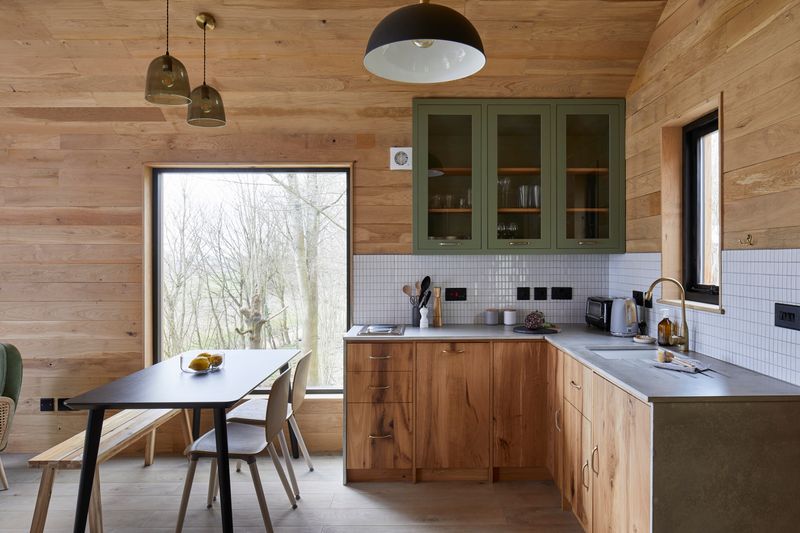
Squeezing an island into a tiny kitchen is like wearing shoes three sizes too small—painful and impractical. Compact spaces demand smarter solutions. Pull-out cutting boards built into cabinetry provide extra work surfaces without permanent footprint commitment.
Wall-mounted fold-down tables serve as temporary prep areas that disappear when cooking is complete, maintaining precious breathing room.
5. Disrupts Open Floor Plans
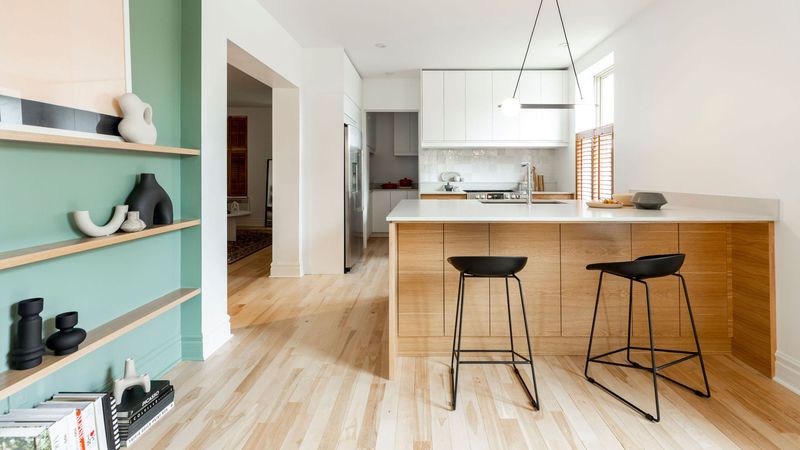
Nothing kills the airy feel of an open concept home like a hulking island creating visual barriers! Modern homeowners prize the spacious, connected feeling that open designs provide. Low-profile furniture-style workstations maintain sight lines while providing functionality.
Peninsula counters attached to one wall offer island benefits without bisecting the space, preserving the expansive, connected atmosphere that makes open floor plans so appealing.
6. Hard to Keep Clutter-Free
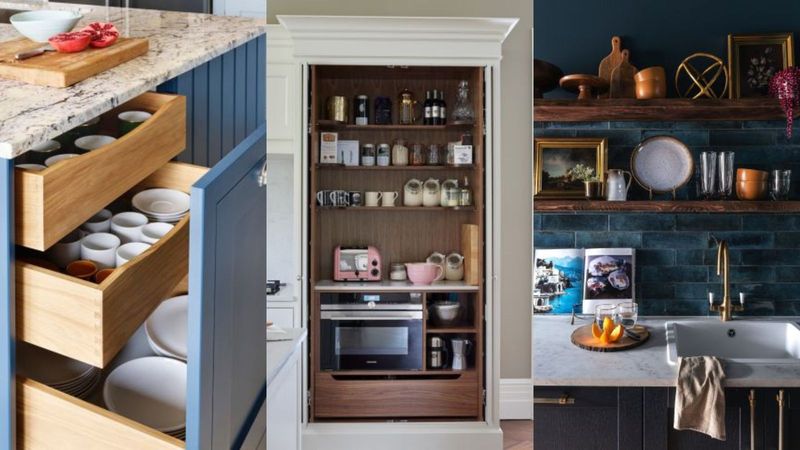
Ever notice how islands become magnets for mail, keys, bags, and random stuff? Within days, that beautiful workspace transforms into a chaotic dumping ground! Wall-mounted storage systems with designated spots for everyday items eliminate the temptation of horizontal surfaces.
Streamlined galley-style kitchen layouts with built-in organizational features keep essentials tucked away yet accessible, maintaining clean, minimalist aesthetics.
7. Expensive to Install
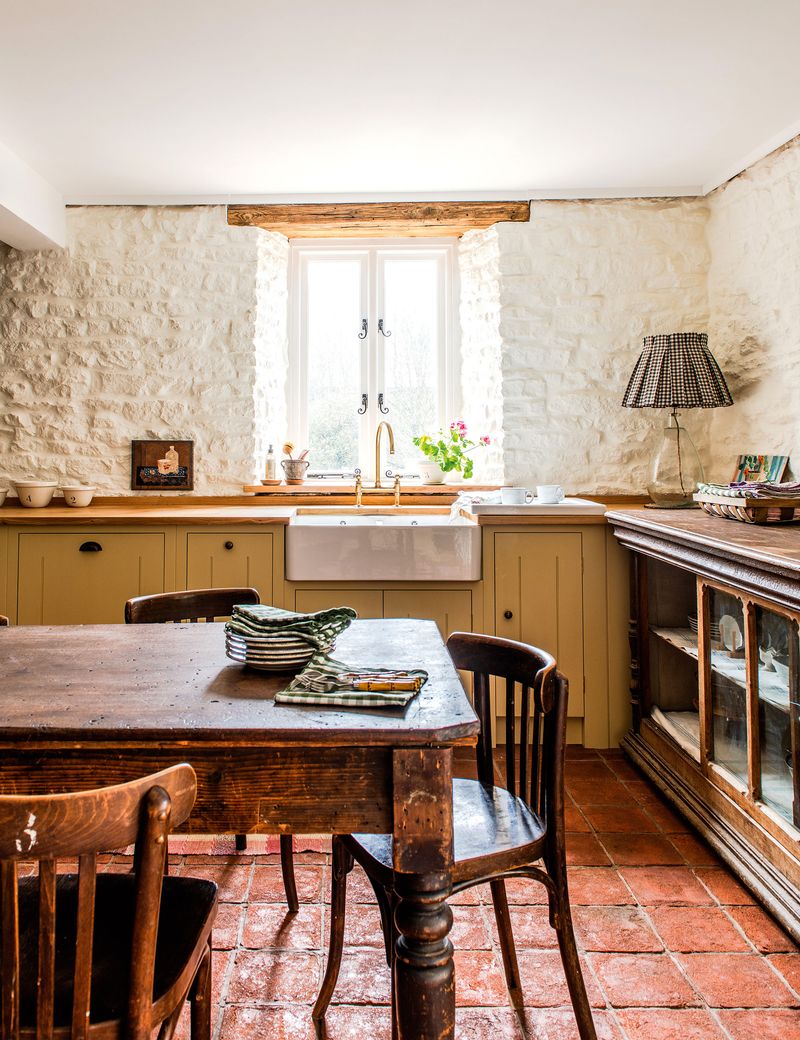
Islands require significant investment—custom cabinetry, premium countertops, plumbing, and electrical work can send budgets soaring into the stratosphere.
Budget-conscious renovators are discovering the joy of repurposed furniture like vintage tables or industrial carts that cost a fraction of built-in islands. Freestanding kitchen workstations deliver similar functionality without requiring costly structural modifications, saving thousands while adding unique character.
8. Awkward Traffic Patterns
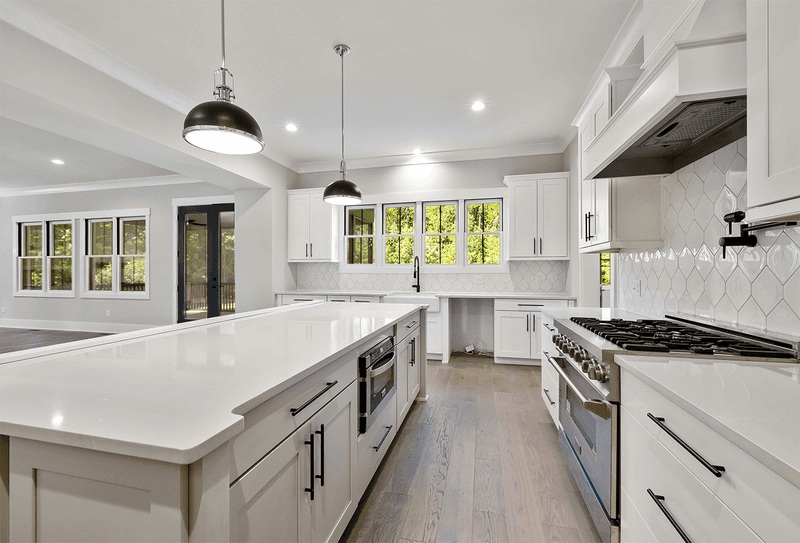
When multiple family members navigate breakfast routines around a fixed island, collisions become inevitable. Savvy homeowners are implementing galley-style layouts with parallel counters creating efficient workflow channels.
Others opt for L-shaped configurations that maintain clear pathways while maximizing corner spaces, ensuring smooth sailing even during rushed morning routines.
9. Poor Ergonomics
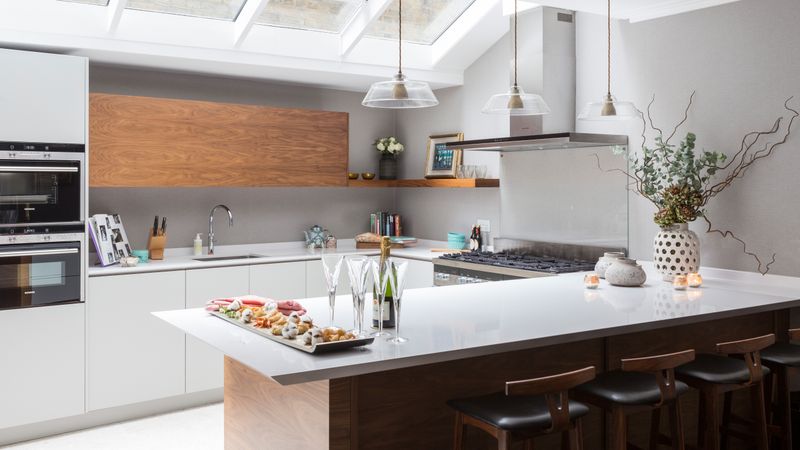
Leaning across wide islands can strain backs and shoulders, creating uncomfortable cooking experiences. Ergonomic considerations are becoming priority in kitchen design. U-shaped kitchens place everything within comfortable reach, eliminating awkward stretching.
Work zones arranged according to task frequency and logical sequence reduce unnecessary movement, creating healthier cooking environments that work with—not against—your body.
10. Lacks Multi-Functionality
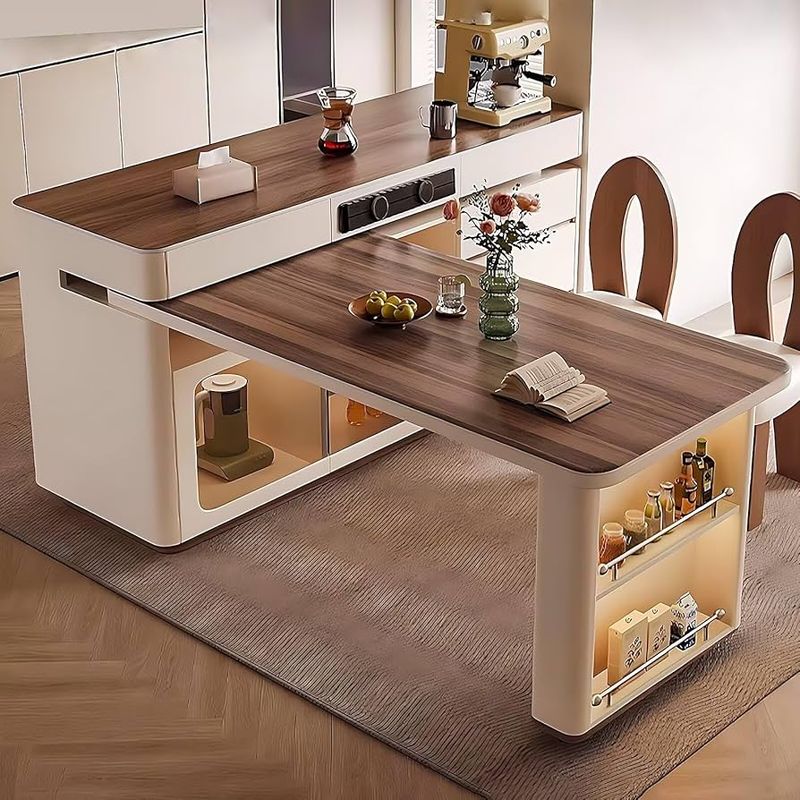
Despite their size, traditional islands often serve just one purpose—a counter-height workspace. Modern living demands more versatility from our spaces. Convertible furniture is gaining popularity, with adjustable-height tables that transform from dining to work surfaces with the press of a button.
Multi-level workstations accommodate different activities simultaneously, from homework supervision to meal prep, adapting to family needs throughout the day.
11. Difficult for Family-Style Dining

Perching on barstools around an island hardly creates the warm, connected dining experience many families crave! Meaningful mealtimes require more thoughtful arrangements. Returning to dedicated dining spaces with comfortable seating encourages longer, more relaxed family meals.
Banquette seating built into kitchen corners creates cozy nooks where family members naturally gather, fostering conversation and connection without sacrificing valuable floor space.
12. Makes Entertaining Tricky
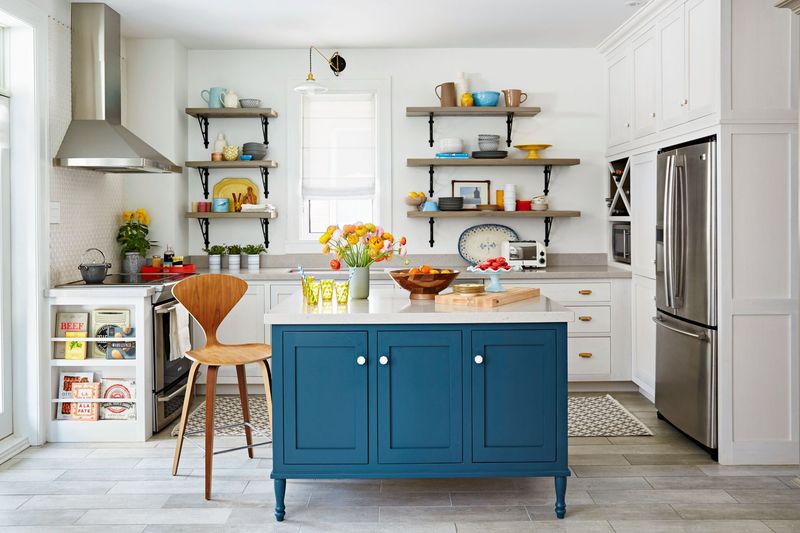
Ever hosted a party where guests clustered awkwardly around your island while the rest of the space remained empty? Islands often create unnatural social bottlenecks!
Flexible furniture arrangements allow hosts to create multiple conversation zones throughout connected spaces. Mobile serving stations can be positioned strategically during gatherings, encouraging guests to circulate naturally rather than congregating in one spot.
13. Trend Fatigue
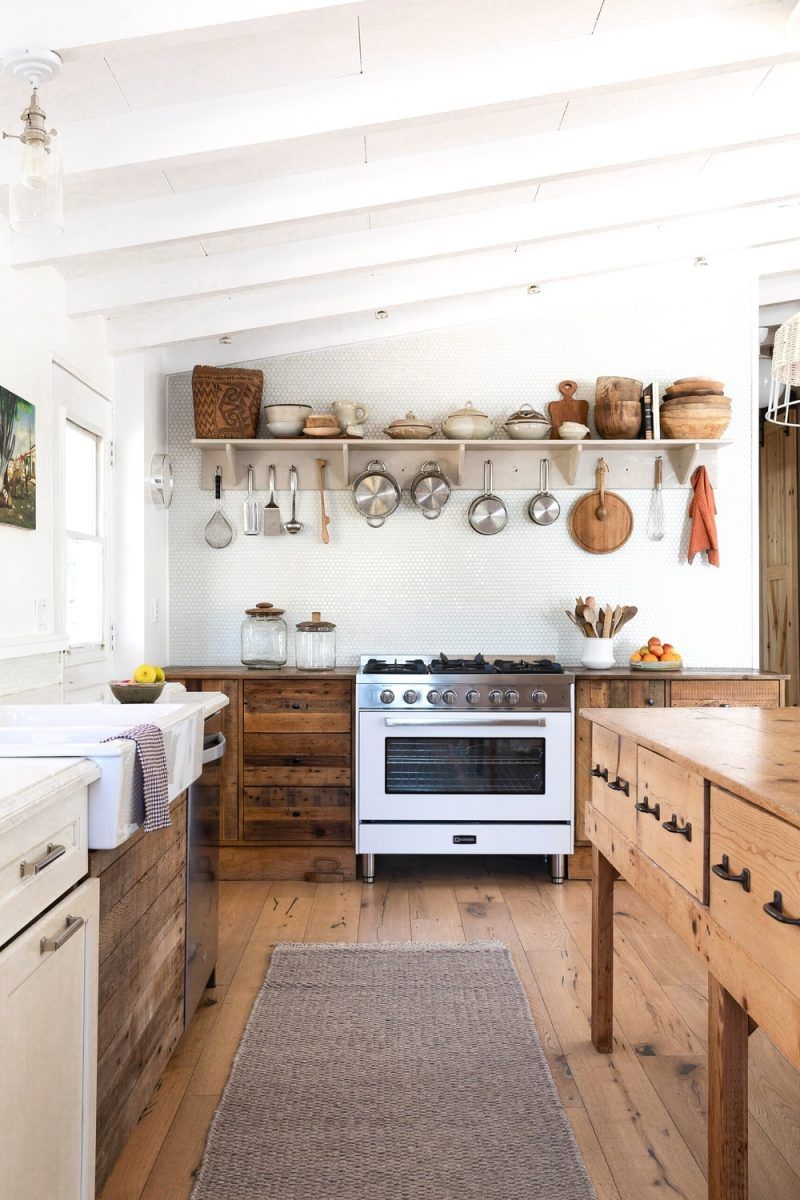
Just like avocado-colored appliances of the 1970s, kitchen islands are showing signs of design fatigue! Style-conscious homeowners seek fresh approaches that won’t date quickly. European-inspired kitchens featuring sleek, continuous counters along walls create timeless elegance.
Minimalist designs emphasizing negative space and carefully curated elements offer sophisticated alternatives to the ubiquitous island, ensuring kitchens remain stylish for decades rather than years.
14. Competes With Dining Tables
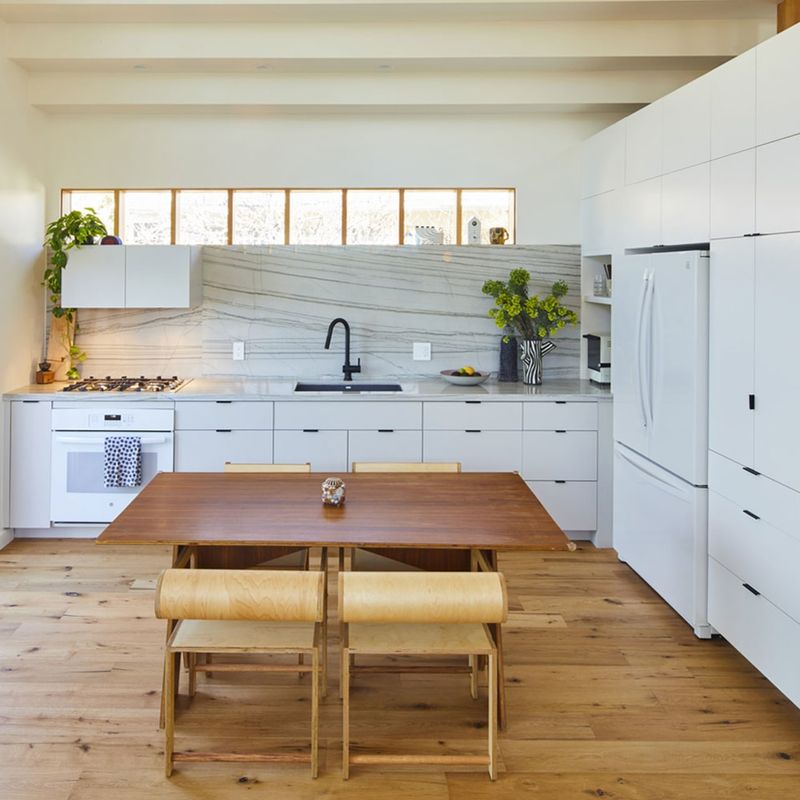
Why maintain two eating areas within twenty feet of each other? Redundant dining spaces waste precious square footage in modern homes! Consolidating dining functions into one thoughtfully designed area makes more sense spatially and financially.
Expanding dining rooms slightly to accommodate casual and formal meals eliminates redundancy while creating a dedicated space that elevates the dining experience beyond quick counter meals.
15. Can Look Bulky
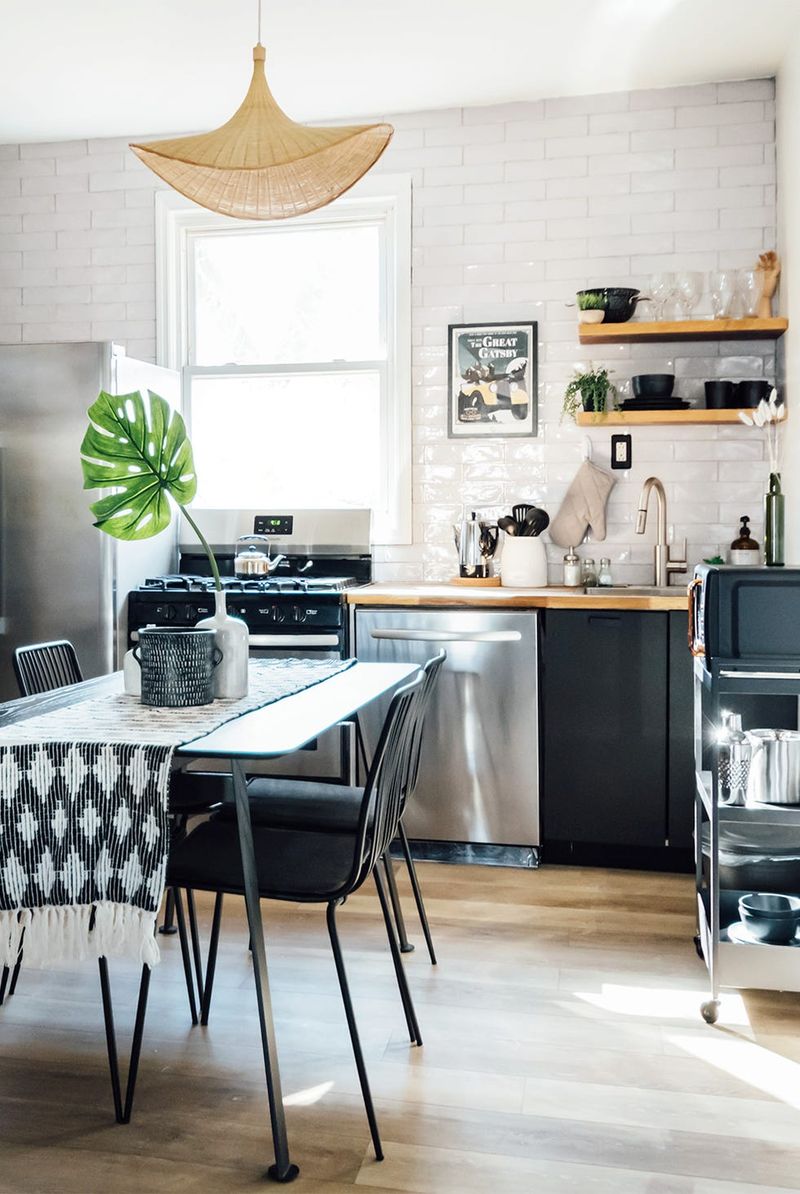
Massive islands can resemble concrete landing strips in smaller homes! Visual weight matters tremendously in interior design, affecting how spacious a room feels. Floating shelves and wall-mounted storage maintain openness while providing functionality.
Glass-topped or open-base workstations create visual lightness, allowing light to flow through spaces rather than being blocked by solid cabinetry, making rooms feel instantly more expansive.
16. Requires Extra Ventilation
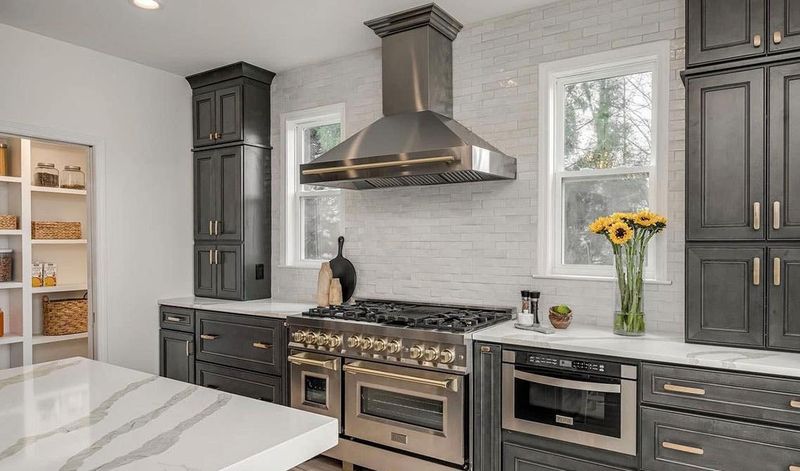
Cooking on island stovetops often means installing expensive, obtrusive overhead ventilation that dominates visual space! Practical homeowners question this arrangement’s value. Returning cooktops to perimeter walls allows for simpler, more effective ventilation solutions.
Wall-mounted range hoods blend seamlessly with cabinetry while performing more efficiently than island hoods, which must work harder to capture rising steam and smoke.
17. Not Always Kid-Friendly
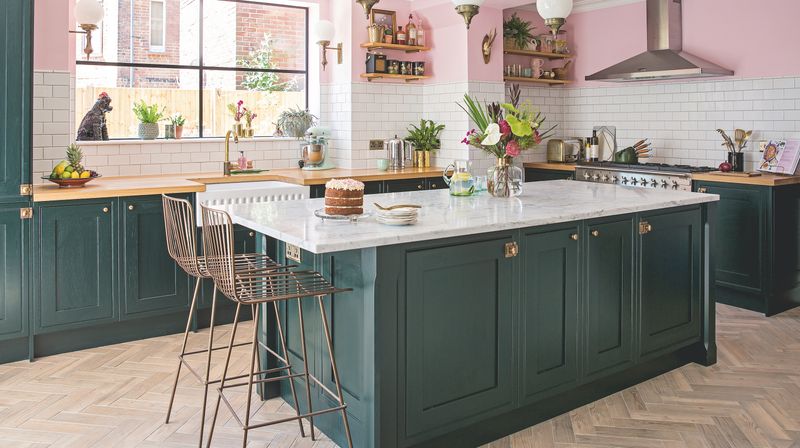
Sharp corners at eye level for toddlers? Hot cooktops without protective barriers? Islands can pose surprising hazards for families with young children! Lower-height worktables with rounded edges provide safer alternatives where kids can participate in cooking activities.
Designated kid zones with appropriate-height counters in protected areas away from hot appliances allow children to feel included while keeping them safe.
18. People Are Choosing Mobile or Modular Stations Instead
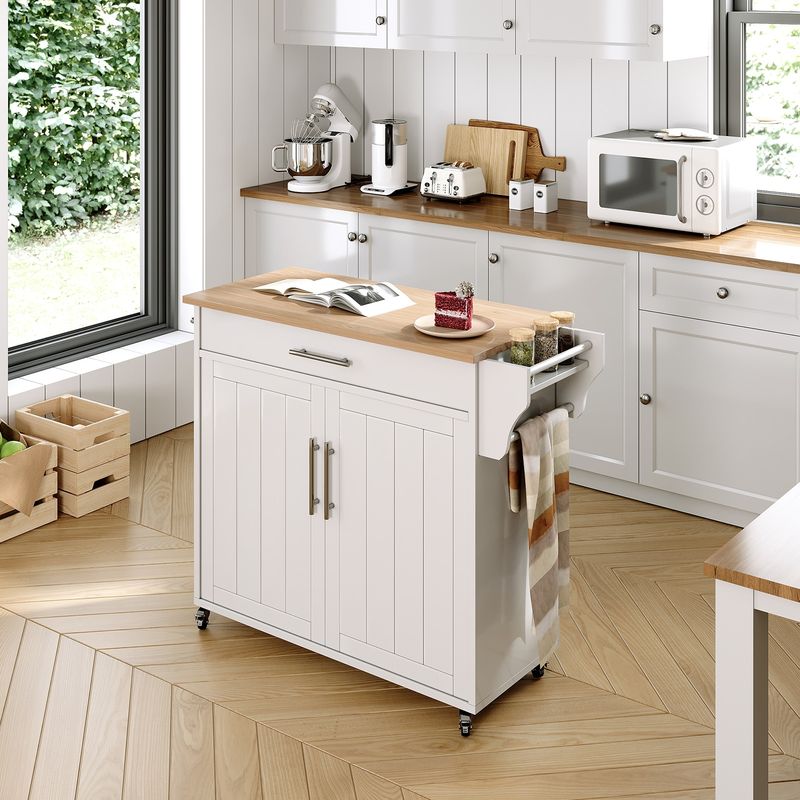
Flexibility reigns supreme in modern kitchens! Homeowners increasingly value adaptability over permanence in rapidly changing households. Modular units that can be reconfigured as needs evolve offer practical solutions for dynamic families.
Nesting tables that expand for projects then tuck away when finished provide versatility impossible with fixed islands. Mobile stations with specialized functions create customized workspaces that transform as activities shift throughout the day.
